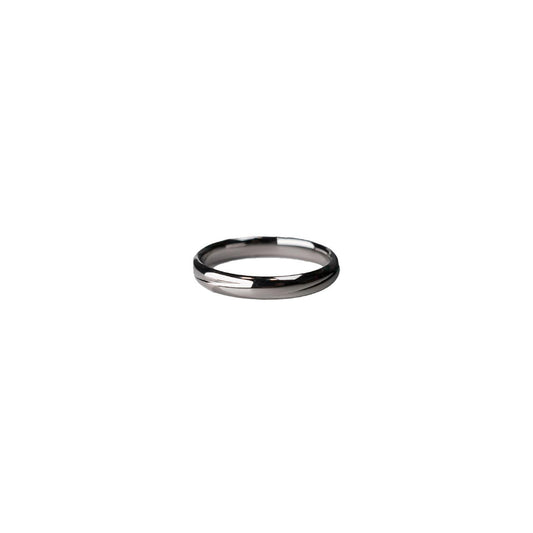Man-Made Diamonds The Price of Innovation
Man-Made Diamonds The Price of Innovation
Nestled inside an unassuming jewelry boutique in my hometown is a story I often find myself sharing at dinner gatherings—how I first discovered the undeniable allure of man-made diamonds. Unlike traditional gems, these stones don't come with tales of ancient volcanic eruptions or mining exploits. Instead, they are born of human ingenuity and modern technology. After listening to me wax lyrical about these marvels, I'm often asked the inevitable question: "But how much do they cost?"
The price of man-made diamonds is a curious thing. It's tethered neither to the Earth's whims nor the speculative nature of certain markets. These diamonds, created in laboratories through advanced processes like High Pressure High Temperature (HPHT) or Chemical Vapor Deposition (CVD), significantly reduce the overhead costs associated with traditional mining. On average, a lab-grown diamond can be 20 to 40 percent cheaper than its natural counterpart. This price difference is not an indication of inferior quality; quite the opposite. Man-made diamonds possess the same clarity, cut, and color as those found in nature. They are chemically identical and, to the untrained eye, indistinguishable from one another.
The cultural relevance of man-made diamonds is just as fascinating. I remember attending a friend's wedding where the bride proudly wore a lab-grown diamond. It was a conscious decision driven by environmental ethics. Her choice sparked a conversation among guests about sustainability in the jewelry industry. The impact of traditional diamond mining on ecosystems has been a concern for some time, and as more people like her seek eco-friendly alternatives, man-made diamonds have become a symbol of responsible consumption.
Trends in jewelry have always been reflective of broader societal shifts. Just as fashion evolves, so does our approach to luxury. The rise of synthetic diamonds aligns with the growing consciousness about the carbon footprint of our purchases. Millennials and Gen Z, with their preference for sustainability and authenticity, are particularly drawn to this option. It’s fascinating to see a piece of jewelry that was once dismissed as "not the real thing" now take center stage in this cultural shift.
Once, during a lazy afternoon coffee date, a friend asked me what I thought about the future of diamonds. Caught off guard, I mumbled something about balance—how natural and man-made diamonds could complement rather than compete with each other. It’s a notion rooted in the belief that personal choice thrives in diversity. Some might still choose a natural diamond for its romantic notion of ancient history, while others might lean towards a lab-created one for its modern narrative and ethical considerations.
After all, buying a diamond is often more of an emotional decision than a purely financial one. Whether it’s the price tag or the story behind it, each man-made diamond carries a unique sense of value. As I take another sip of coffee, I realize how this conversation around diamonds has shifted so dramatically over the years. And in that moment, I can't help but smile, thinking of the countless stories—like my own—waiting to be told, each faceted and shining in their own right.

























